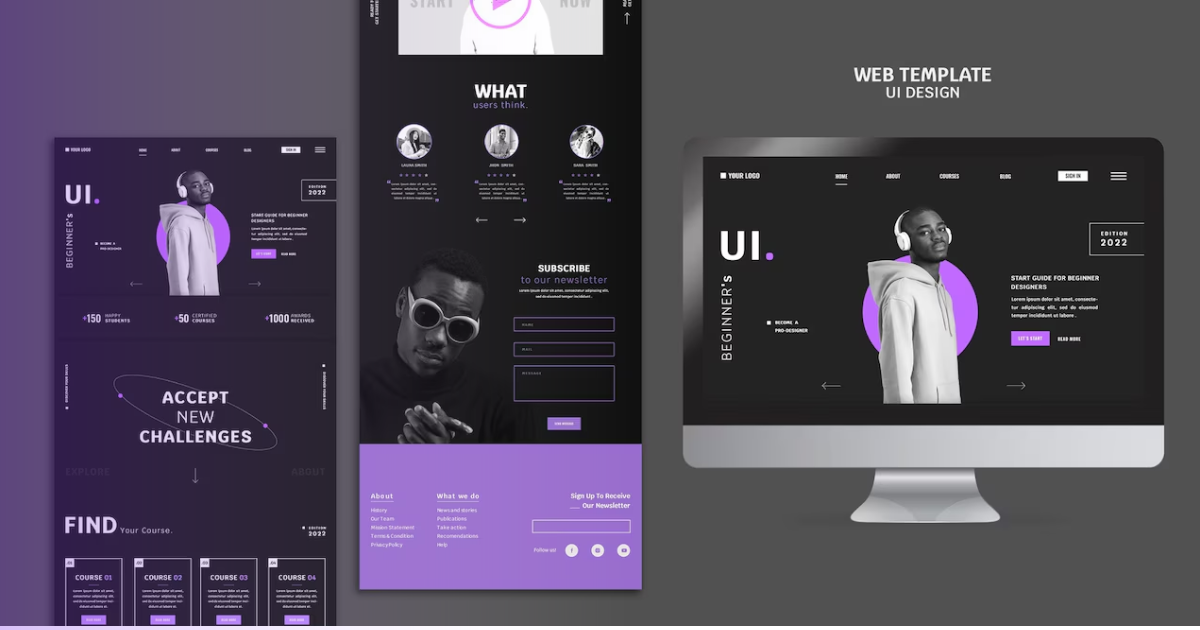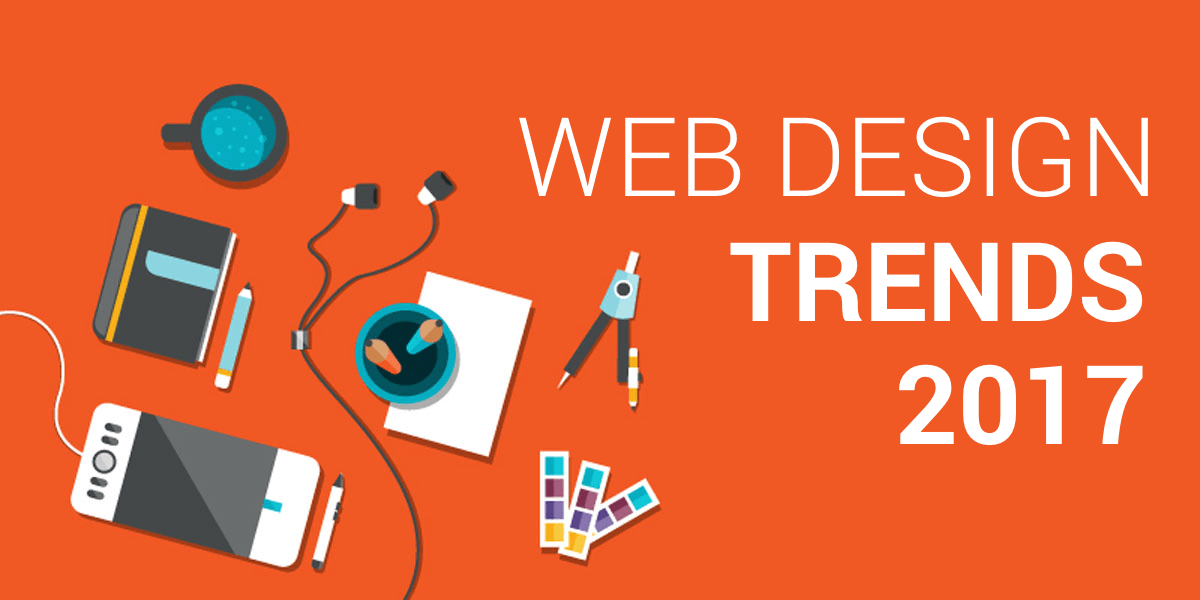Aligned Position Web Design: Tailor-Made Web Design Solutions for Maximum User Engagement
Aligned Position Web Design: Tailor-Made Web Design Solutions for Maximum User Engagement
Blog Article
The Best Types of Website Design to Improve Customer Experience and Engagement
In the ever-evolving landscape of digital interaction, the performance of Web style substantially influences user experience and engagement. Various design methods, such as minimalist, receptive, and interactive layouts, each deal distinct benefits that can cater to diverse user requirements.
Minimalist Website Design
As digital landscapes become progressively messy, minimalist Web layout has actually arised as an effective method to enhancing user experience. This layout ideology focuses on simplicity, concentrating on essential components while removing unnecessary interruptions. By utilizing ample white room, simple navigation, and a limited shade combination, minimalist layout promotes clarity and directs user focus to essential content.
The core concept of minimalist Web style is to produce a smooth interaction for users. By lowering cognitive load, users can swiftly understand details without really feeling overwhelmed. This straight approach not only improves functionality however also urges interaction, as site visitors are more probable to discover a site that is very easy and visually appealing to browse.
Furthermore, minimalist design usually emphasizes typography and images, utilizing these aspects purposefully to share messages effectively. This concentrate on important components can enhance brand name identity and produce a memorable customer experience. Basically, minimalist Web layout is not just a fad; it is a thoughtful approach that identifies the significance of user-centered design. By removing additional elements, designers can develop a much more appealing, efficient, and enjoyable Web experience for all users.
Responsive Website Design
In today's diverse electronic environment, receptive website design has ended up being important for producing a seamless customer experience across a wide variety of gadgets. As individuals gain access to sites on mobile phones, laptops, tablets, and desktops, the ability of a website to adapt its design and web content to different screen sizes and resolutions is important.
Receptive Web layout employs flexible grids, images, and CSS media queries to guarantee that Web content exists efficiently, no matter of the tool made use of. This strategy not just boosts the visual charm of a site but also considerably enhances usability. Users are more probable to engage with a site that offers a regular experience, as it gets rid of the stress of having to focus or scroll excessively.
In addition, internet search engine, including Google, focus on mobile-friendly web sites in search rankings. By adopting receptive layout, organizations can enhance their presence and reach a wider audience. This technique also streamlines site upkeep, as a single variation of the website can deal with all gadgets, reducing the need for multiple variations. In summary, responsive website design is a basic method that boosts user experience, interaction, and total fulfillment.
Interactive Web Layout
Responsive Web style prepares for enhancing user experience, yet interactive website design takes this a step better by engaging users in an extra vibrant method - Aligned Position Web Design. By incorporating elements such as computer animations, clickable prototypes, and real-time comments, interactive Web layout astounds individuals, drawing them right into a richer browsing experience
This method not only fosters involvement however also motivates individuals to discover material actively as opposed to passively eating it. Strategies such as gamification, where customers earn benefits for finishing jobs, can significantly enhance the moment invested in a website and boost total contentment. In addition, interactive attributes can streamline intricate information, making it a lot more delightful and absorbable.

Including interactive design aspects can additionally lead to higher conversion rates, as users are much more likely to involve with a website that proactively involves them. Aligned Position Web Design. Eventually, interactive website design changes individual experiences site into remarkable journeys, making certain that site visitors return time after time
Apartment Style
Identified by its minimalistic approach, level design stresses simplicity and functionality, removing away unnecessary elements and concentrating on crucial attributes. This style ideology focuses on functionality, making certain that users can browse interfaces with simplicity and efficiency. By employing a tidy visual, level style gets rid of the clutter typically discovered in much more ornate designs, therefore boosting individual focus on content and functionality.
The characteristic of level style depends on its use of vibrant shades, basic typography, and geometric shapes. These elements add to a visually enticing user interface that is both contemporary and approachable. Additionally, level design fosters a feeling of quality, enabling individuals to recognize essential actions and details without diversion.
Moreover, level layout is especially reliable in receptive Web design, as its simplicity translates well across numerous tools and display sizes. By focusing on necessary features, level layout not just satisfies customer demands but also motivates seamless interaction, making it a crucial part of reliable Web layout strategies.
Adaptive Website Design
Adaptive website design personalizes the individual experience by creating numerous dealt with formats customized to various display sizes and gadgets. Unlike responsive design, which fluidly adjusts a single layout, adaptive design employs distinct layouts for particular breakpoints, making sure ideal discussion on different platforms. This technique permits developers to concentrate on the one-of-a-kind characteristics of each gadget, improving usability by supplying exactly what individuals need based upon their context.
One of the primary benefits of adaptive website design is its ability to optimize tons times and performance. By offering customized material and pictures that fit the user's device, internet sites can reduce information usage and enhance loading speeds. This is particularly advantageous for users with slower links or minimal information plans.

In addition, adaptive design assists in an extra consistent and controlled branding experience. Given that designers produce numerous designs, they can make certain that the visual aspects line up with the brand name's identity across different systems - Aligned Position Web Design. This causes a natural user experience, improving interaction and promoting user retention
Conclusion
In final thought, the combination of minimal, receptive, and interactive website design principles substantially improves individual experience and involvement. Minimal layout cultivates quality and focus, while responsive design guarantees versatility across different gadgets, promoting availability. Interactive style astounds customers through dynamic aspects, encouraging exploration and customization. Collectively, these style approaches add to the production of straightforward atmospheres that not only improve satisfaction yet additionally drive greater conversion go to website prices, highlighting their vital significance in contemporary Web style techniques.

Minimal design Go Here promotes clearness and focus, while responsive style makes sure adaptability across numerous tools, advertising accessibility. Collectively, these design approaches add to the production of straightforward environments that not just boost satisfaction yet additionally drive greater conversion prices, highlighting their essential significance in contemporary Web layout approaches.
Report this page